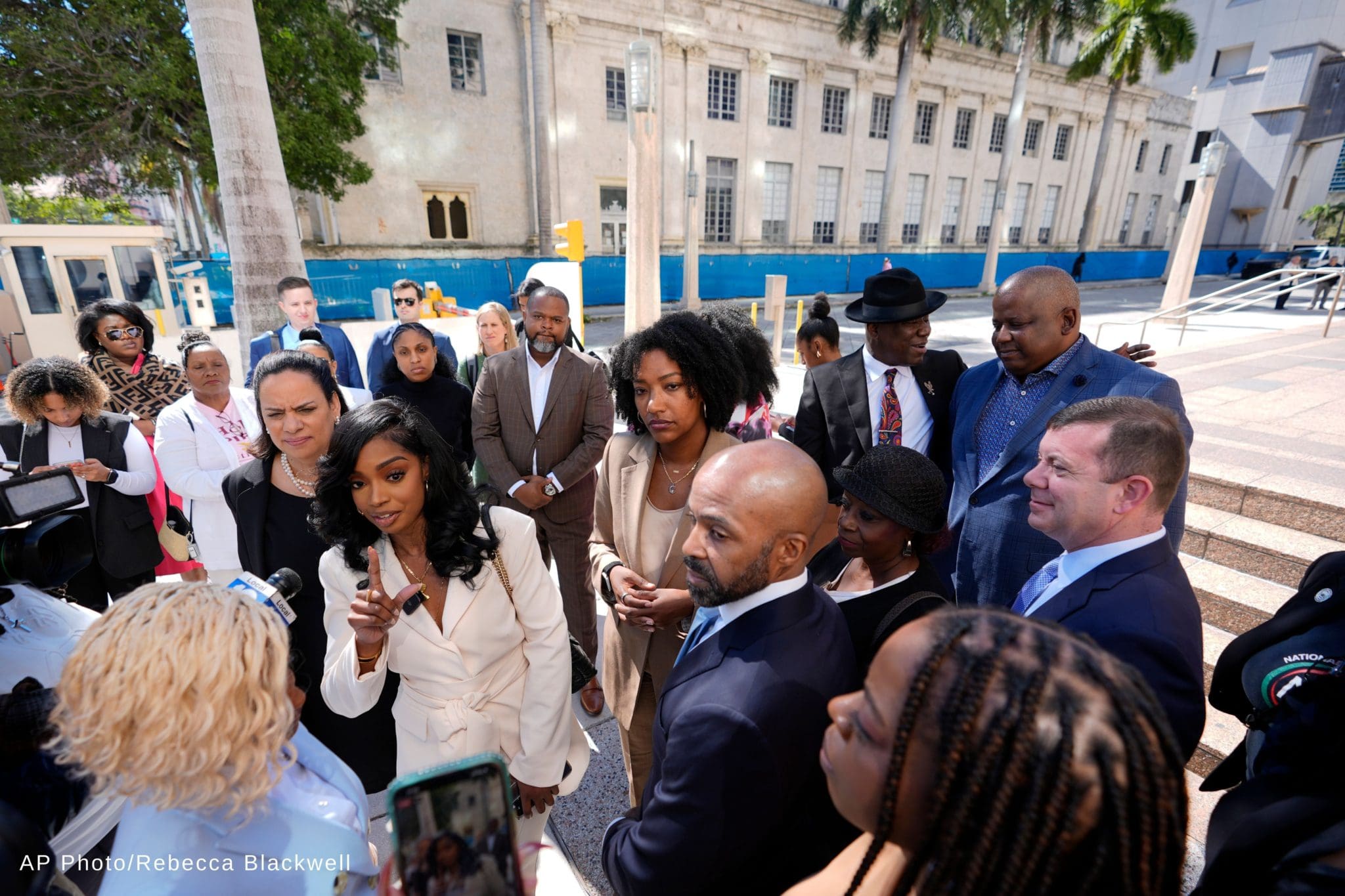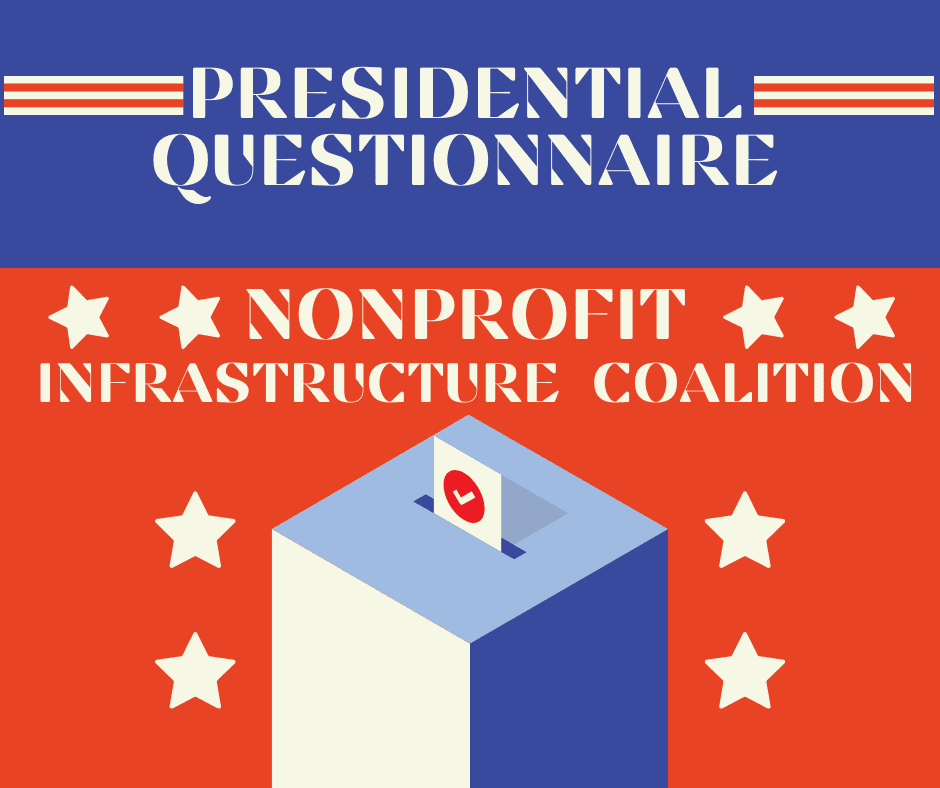[vc_row full_width=”stretch_row” css=”.vc_custom_1591372074880{padding-top: 40px !important;padding-bottom: 40px !important;background-color: #efefef !important;}”][vc_column][vc_column_text]All 501(c)(3) public charities can continue their normal public education, advocacy, and lobbying activities leading up to an election. Elections often raise public and policymaker attention on a wide range of issues and election season is a prime opportunity for nonprofits to add their voice and expertise to the conversation.[/vc_column_text][/vc_column][/vc_row][vc_row full_width=”stretch_row” css=”.vc_custom_1591370919174{padding-top: 40px !important;padding-bottom: 40px !important;background-position: center !important;background-repeat: no-repeat !important;background-size: cover !important;}”][vc_column][vc_column_text]
How to Remain Nonpartisan
The key is to remain nonpartisan at all times, and not appear as though your activity supports or opposes a particular candidate running for office. Here are a few tips to help keep your advocacy on the right side of the law:
- Advocate in years leading up to an election. Engaging in public education and activities in non-election years establishes a history of advocacy for your organization, so election-year advocacy is more likely viewed as nonpartisan.
- Continue normal levels of advocacy in an election year. Feel free to maintain your organization’s current levels of advocacy, but be careful about significantly increasing activities in an election year – particularly if you’re weighing-in on issues that divide candidates.
- Respond to an external event. Your organization is more likely to be nonpartisan if you are responding to an external event, like an upcoming vote on a bill, a news story related to your mission, or correcting the record when a candidate misrepresents facts related to your issues.
[/vc_column_text][/vc_column][/vc_row][vc_row full_width=”stretch_row” gap=”20″ equal_height=”yes” content_placement=”middle” css=”.vc_custom_1591374640072{padding-top: 40px !important;padding-bottom: 40px !important;background-color: #2d3f4b !important;}” el_class=”GoWhite”][vc_column width=”1/4″][vc_icon icon_fontawesome=”fas fa-heartbeat” color=”white” size=”xl” align=”center”][/vc_column][vc_column width=”3/4″][vc_column_text]
Ensure a Healthy Democracy
Voting serves as the cornerstone of a healthy civil society. For two centuries, nonprofits have worked to help our constituents vote, because it ensures elected officials prioritize the needs of our communities and help all people thrive.
The COVID-19 pandemic may force Americans to choose between their health and their civil rights. Although the $400 million provided in the CARES Act is a good start, it is not enough funding to adapt polling places and voting procedures to meet public health needs. To ensure our local, state, and federal elections are healthy, experts estimate election officials need approximately $4 billion to protect voters as well as our election system.
Ask Congress, today, to include $3.6 billion in funding in the next COVID-19 emergency response package to ensure voters may participate safely and confidently in elections this year. Our missions, our communities, and our democracy depend on it.[/vc_column_text][/vc_column][/vc_row][vc_row full_width=”stretch_row” gap=”20″ equal_height=”yes” content_placement=”middle” css=”.vc_custom_1591371963384{padding-top: 40px !important;padding-bottom: 40px !important;background-color: #1e94bc !important;}” el_class=”GoWhite”][vc_column width=”1/4″][vc_icon icon_fontawesome=”fas fa-bullhorn” color=”white” size=”xl” align=”center”][/vc_column][vc_column width=”3/4″][vc_column_text]
Nonprofits & Political Activity
There are several policy issues that impact nonprofits’ ability to remain nonpartisan, trusted sources of information in an election year. Independent Sector actively advocates to protect charities from partisan politics, but also clarify rules so it is easier for organizations to stay nonpartisan when advocating or engaging voters and candidates in an election year.
Resources:
[/vc_column_text][/vc_column][/vc_row][vc_row full_width=”stretch_row” gap=”20″ equal_height=”yes” content_placement=”middle” css=”.vc_custom_1591374684967{padding-top: 40px !important;padding-bottom: 40px !important;background-color: #7ac143 !important;}” el_class=”GoWhite”][vc_column width=”1/4″][vc_icon icon_fontawesome=”fas fa-chart-line” color=”white” size=”xl” align=”center”][/vc_column][vc_column width=”3/4″][vc_column_text]
Increase Voter Participation
There are many public policy proposals designed to increase voter participation, promote active citizenship, and build voter confidence in elections. If states are laboratories of democracy, this is no truer than in elections. How you register and vote is largely determined by your state, and no two states do it the same way. The following is a list of proposed reforms – already implemented in many states – that are worth considering as policymakers and advocates seek to make democracy work better in the 21st century.
Resources:[/vc_column_text][vc_row_inner el_class=”GoWhite”][vc_column_inner width=”1/2″][vc_column_text]
- Automatic Voter Registration
- Same Day Voter Registration
- Vote at Home
- Preregistration of 16-17 Year Olds
[/vc_column_text][/vc_column_inner][vc_column_inner width=”1/2″][vc_column_text]
[/vc_column_text][/vc_column_inner][/vc_row_inner][vc_column_text]We are grateful to Nonprofit VOTE for providing content for this page. In particular, the summary of policy proposals promoting voter participation is a part of their 2018 America Goes to the Polls report.[/vc_column_text][/vc_column][/vc_row][vc_row][vc_column][vc_column_text css=”.vc_custom_1591372039199{padding-top: 40px !important;padding-bottom: 40px !important;}”]
– Neighbors Together, Mission Possible
[/vc_column_text][/vc_column][/vc_row]



